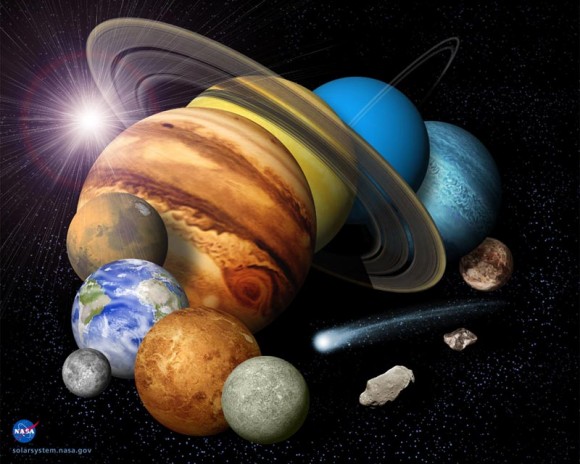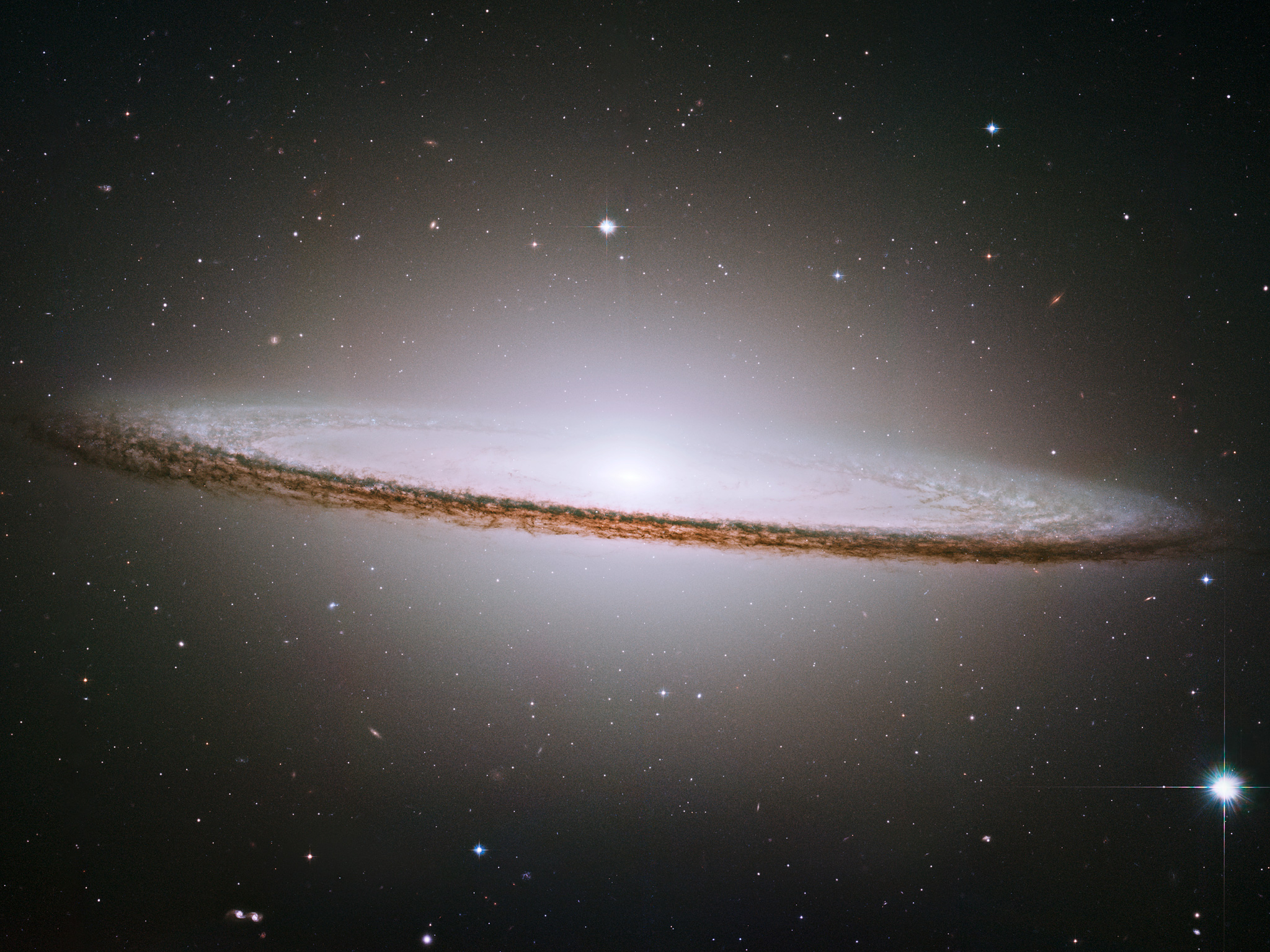Astronomy: Galaxies, Stars, Planets, and Little Green Men. Wait... What?
W
Wickedknighter@wickedknighter
Recent Top Players 🔥
Quiz Description:
Okay, no little green men, but the rest of astronomy is fair game.
24 Trivia Questions and Answers
More Quizzes
Explore Quizzes
Comments
( )










